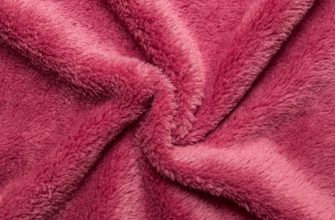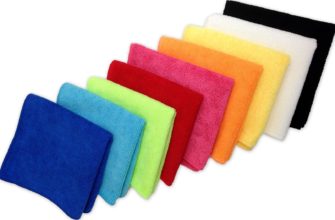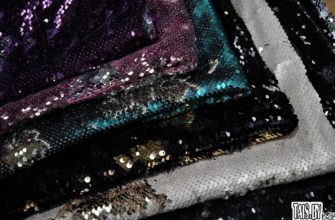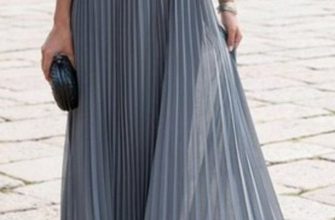With the onset of winter, people think about changing their wardrobe. You need to carefully select warm clothes to feel as comfortable as possible. Due to the great abundance, it is sometimes difficult to choose the right model. The buyer most often pays attention not only to the beauty of the product, but also to the quality. Clothes should warm you on a cold winter day. To protect against severe frosts, many manufacturers use synthetic fluff.
- Synthetic fluff - what is it?
- Is synthetic fluff safe?
- Properties of artificial filler
- What is the difference between synthetic fluff and holofiber
- Sintepuh or sintepon: what is the difference
- Scope of application of the material
- Types of synthetic fluff products
- Recommendations for the care of products with synthetic fluff
Synthetic fluff - what is it?
Many people are interested in what synthetic fluff is. Soft, fluffy, non-woven material that is as close as possible to the natural fluff of waterfowl. The area of use of the filler is somewhat wider than natural. Synthetic fluff - what is it? An analogue of synthetic origin, which is close to natural fluff and is produced using a unique technology. Polyester fibers are used as a base.
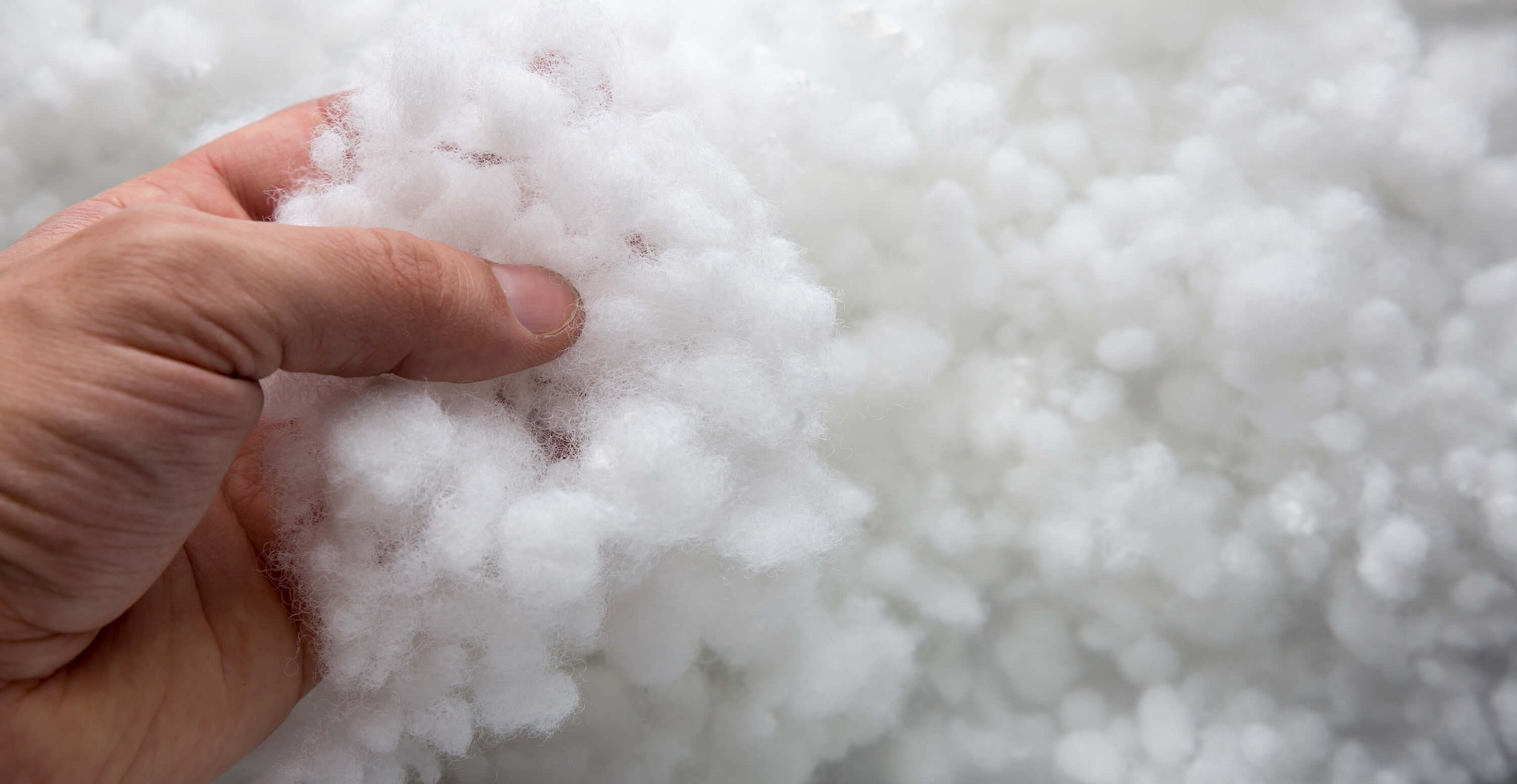
Is synthetic fluff safe?
The filler is not dangerous to human health, as well as the entire environment, as they are environmentally friendly. Despite the fact that synthetic fibers predominate in the composition, they are quite safe. When producing clothing or other products, manufacturers do not use dyes and harmful substances.
Please note! The composition also does not contain glue.
Properties of artificial filler
Sintepuh is an artificial filler that has a number of advantages:
- eco-friendliness. In the production of synthetic fluff, combing technology is used, and no harmful substances are used. The basis of the artificial filler is polyester. Its upper part is treated with silicone, as a result of which the surface becomes smooth;
- hypoallergenic. This filler does not contain any substances that can cause allergies. It repels water, does not accumulate dust, and also protects against the penetration of mites and other parasites;
- air permeability. Synthetic fibers allow air to pass through well. Any product dries quickly.

Important! Due to its strength and elasticity properties, the filler perfectly retains its original airy shape.
What is the difference between synthetic fluff and holofiber
Many people are concerned about the difference between holofiber and synthetic fluff. They are usually confused due to their common origin. There is another factor - a similar appearance. They can be distinguished by quality, shape, strength, wear resistance and safety. For example, synthetic fluff is twisted into springs, and holofiber - into balls. There are no special restrictions for synthetic fluff. However, things made from this material are much more expensive.
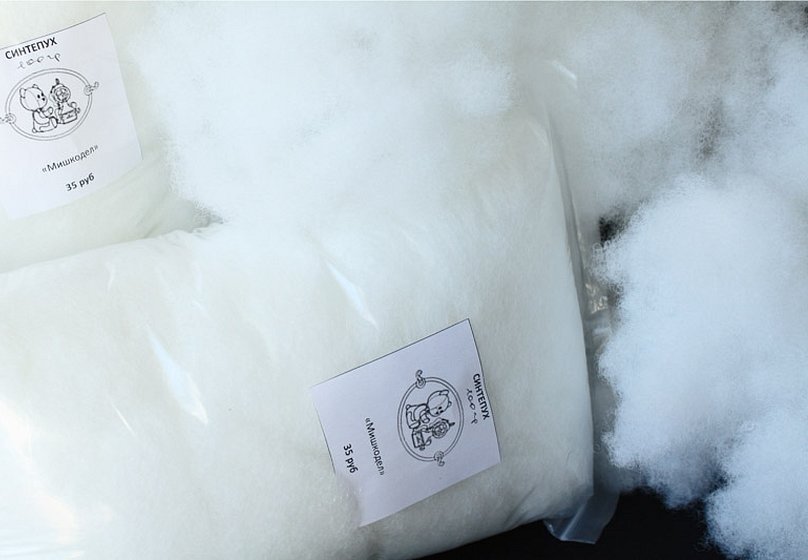
Various technologies are used to produce holofiber. Usually, a thermal method is used, which significantly improves the quality of the product. High temperatures are not recommended for washing holofiber. Due to the presence of glue, the fibers can dissolve in hot water. Thus, the material will lose its elasticity.
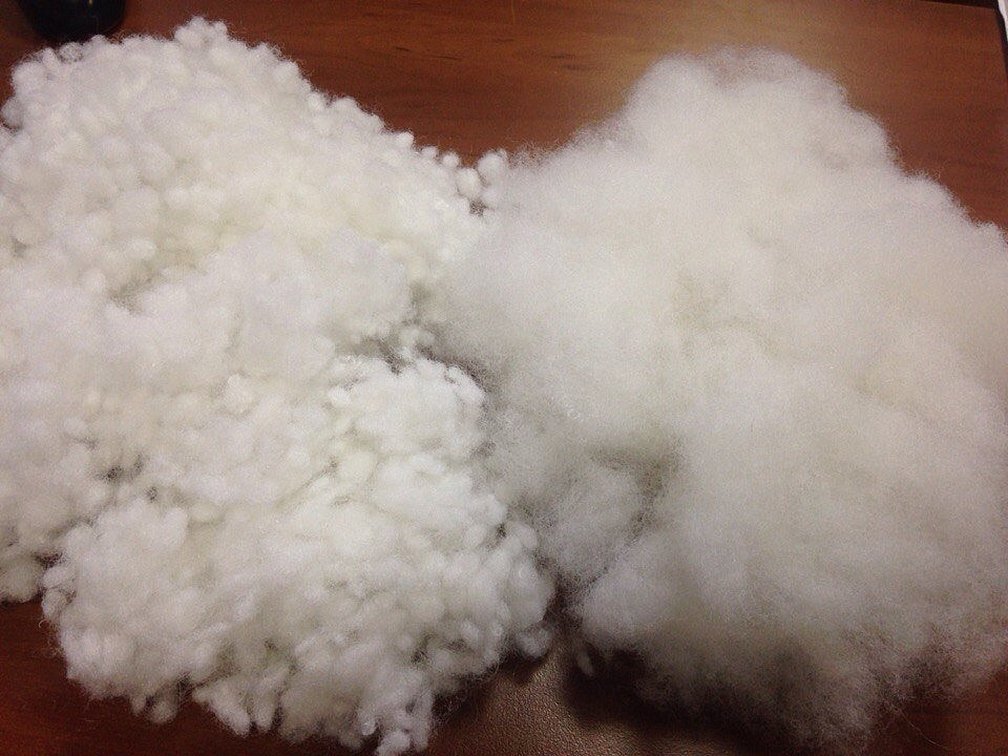
Sintepuh or holofiber — which is better? Many consumers ask this question. For example, in the first option, the filler has an airy structure, which is very pleasant to the touch. Holofiber is a type of hard material (it contains less air).
Sintepuh or sintepon: what is the difference
Sintepon is an artificial insulation material that is highly durable. Inexpensive filler is made from synthetic fibers that are processed thermally. This type of insulation is used for sewing pillows, soft toys for children.

Important! The down substitute is used to fill sofas. Unfortunately, a pillow made of this material is a bit problematic to wash. You will have to take the items to the dry cleaner. When customers ask themselves what is better to take - sintepon or sintepon, sellers usually recommend the first option.
Scope of application of the material
This filler is typically used to make:
- accessories and bedding. Original pillows and blankets made of artificial fluff will provide comfortable conditions for quality sleep;
- upholstered furniture. Today you can find several types of synthetic fluff, which are widely used for stuffing soft sofas and armchairs;
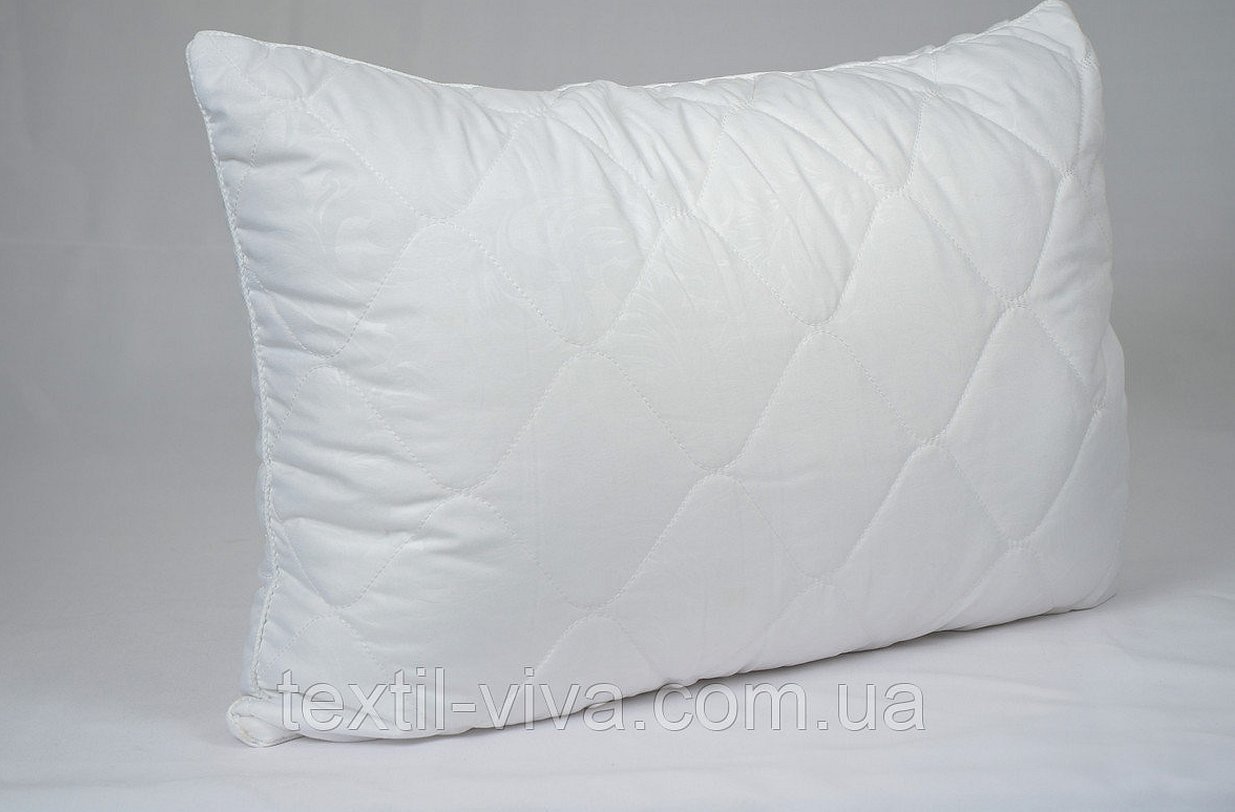
- children's things - this filler is usually used to sew decorative ornaments, soft toys, playpen bumpers, blankets;
- outerwear - the basis of artificial down is used for sewing winter/autumn clothes, as well as for active recreation/sports. Anyone can buy a warm down jacket, coat, or jacket.
Types of synthetic fluff products
Sintepuh can be distinguished by several types. Experts believe that the higher the grade, the better the quality of the material.
Main types of synthetic fluff:
- premium grade. Synthetic fluff has a single-component consistency. Some believe that the filler is similar in appearance to natural swan's down. The basis of the fabric is lumps or dense villi;
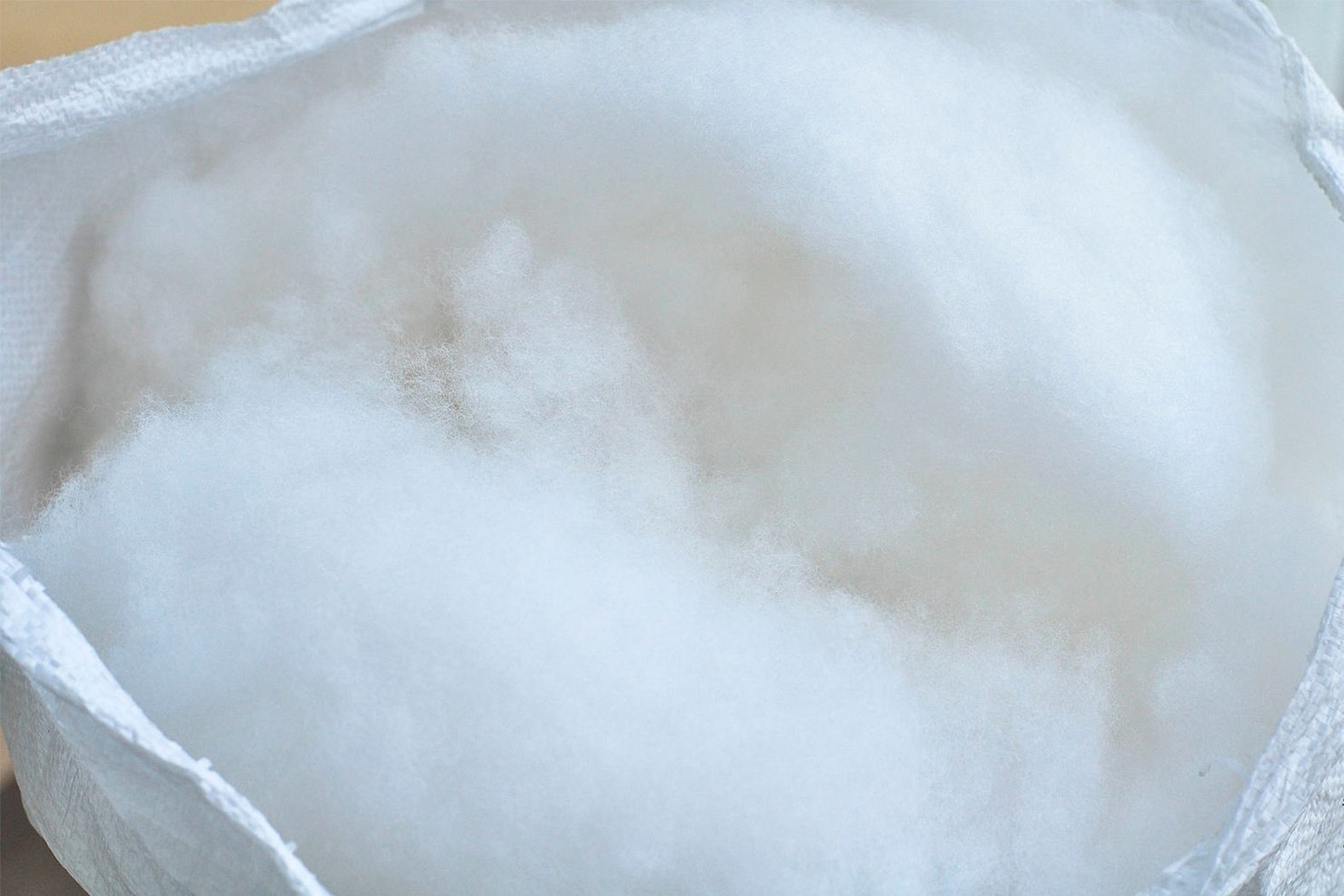
- the first grade, that is, primary polyester, has a pleasant structure. This variety is needed for sewing decorative and sleeping pillows, blankets, soft toys;
- second grade. This type refers to secondary polyester, reminiscent of soft fluff. Second grade fibers are distinguished by their rigidity. Its price is significantly lower. Large items, voluminous toys, down jackets, upholstered furniture, and decorative items are sewn using secondary polyester.
Recommendations for the care of products with synthetic fluff
To maintain the elasticity and softness of products for a long time, you should take into account the basic rules of operation and care:
- when washing items, you need to select a delicate cycle;
- the optimal water temperature during washing should not exceed 40-60°C;
- the use of a tumble dryer is permitted;
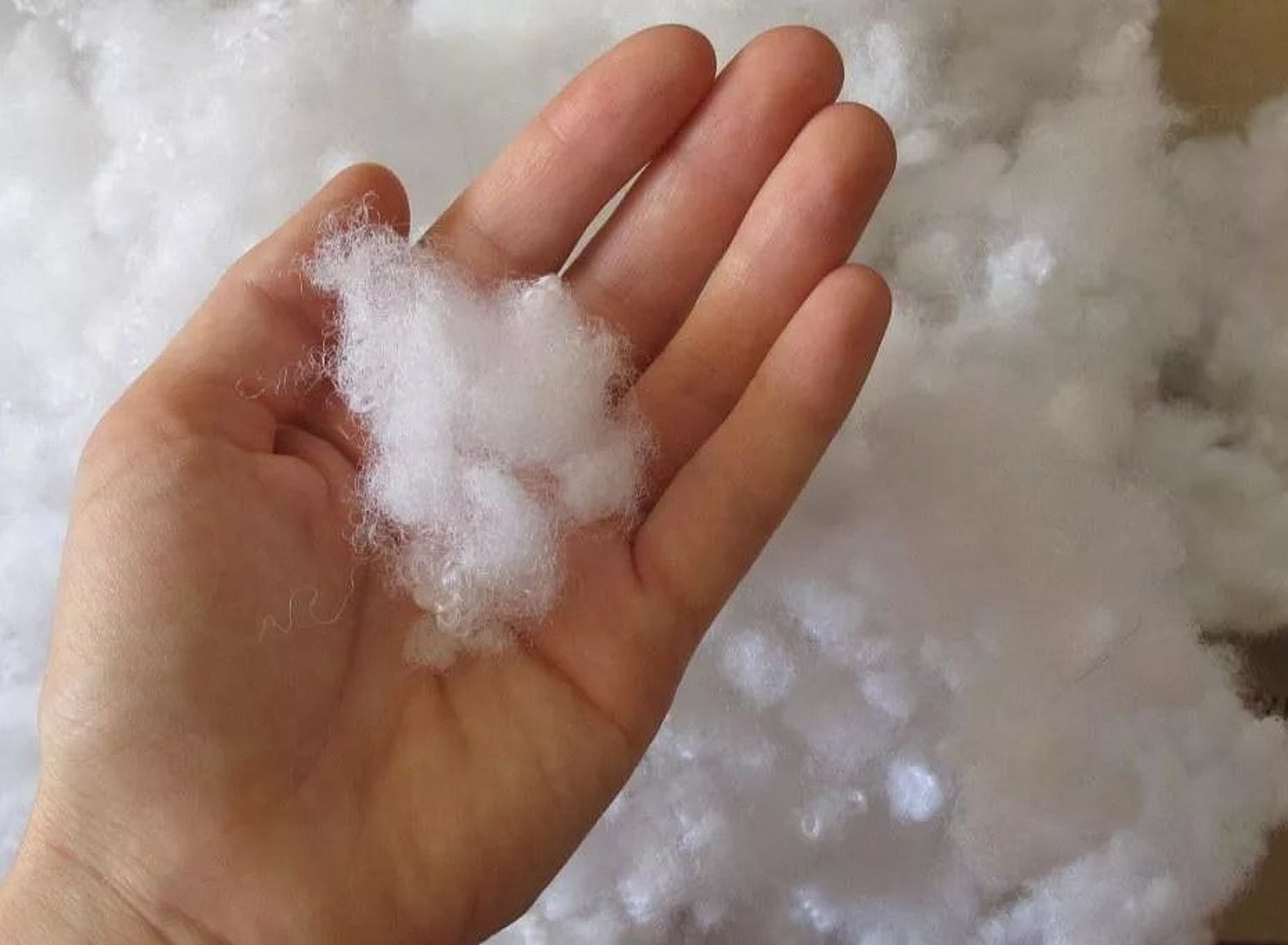
- products can be ironed or steamed;
- To restore the original shape after washing, the product needs to be shaken a little.
Please note! It is recommended to store products in special bags.
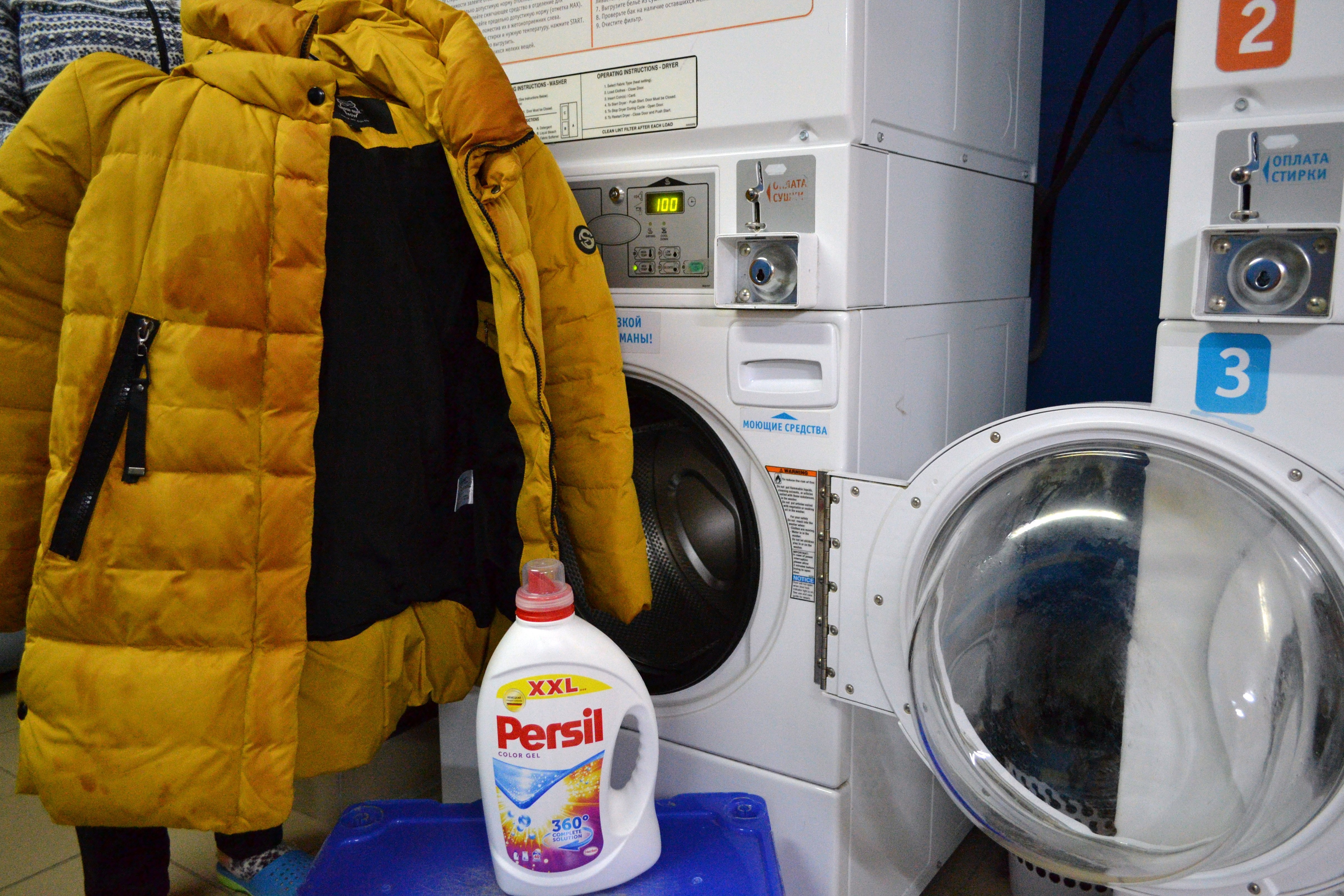
Important! People who complain of problems with chronic diseases, such as bronchial asthma, should use pillows and blankets filled with synthetic fluff. Despite the high cost, the products will not cause allergies.
The main condition for using things made of this filler is simple care. Every housewife can wash and dry the items at home, following the operating rules. It is only important to take care of the washing mode.

